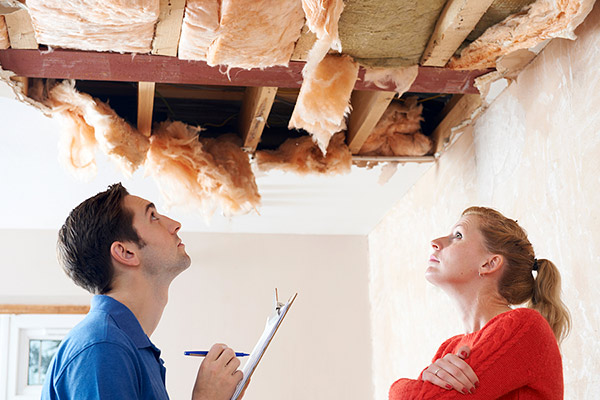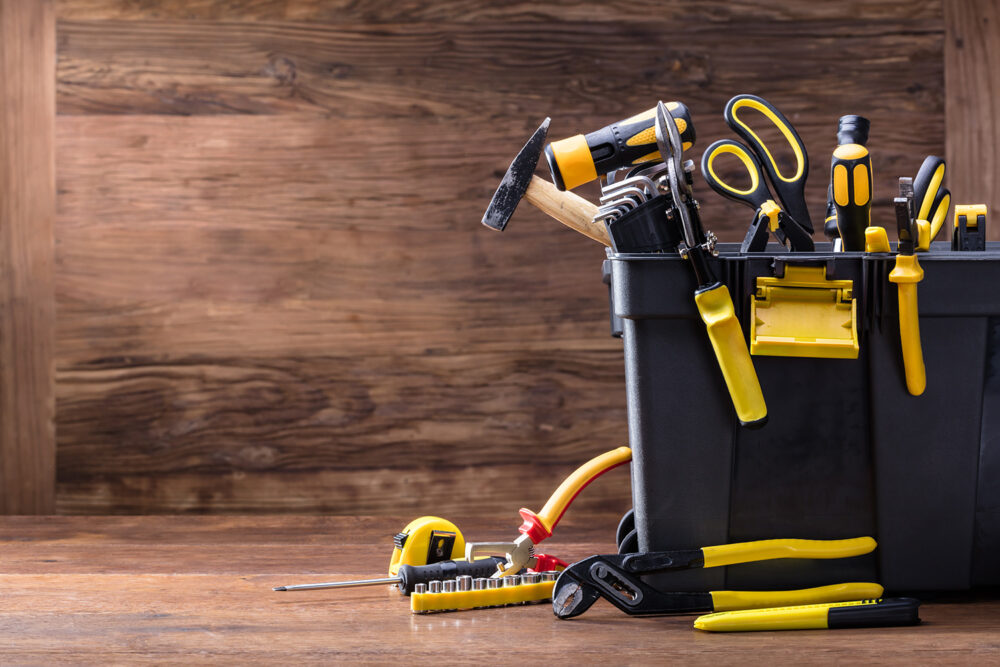Home repair and maintenance are essential aspects of homeownership. Owning a home requires a certain level of responsibility and a willingness to learn new skills. The good news is that you don’t have to be a professional handyman to perform basic repairs and maintenance tasks around your home. DIY (Do-It-Yourself) is a popular trend that has gained a lot of attention in recent years. It involves undertaking tasks yourself without the need to hire a professional.
The Benefits of DIY
DIY offers several benefits, including saving money, learning new skills, and the satisfaction of completing a project on your own. When you carry out home repairs and maintenance yourself, you can save money by avoiding the cost of hiring a professional. Additionally, DIY is an excellent way to learn new skills that can be helpful in other areas of your life. By learning how to repair and maintain your home, you can take control of your living space and make it a more comfortable place to live.
The Science Behind DIY
DIY is not just about following a set of instructions or watching a tutorial video. It involves understanding the science behind the task at hand. This means understanding the basic principles involved in home repair and maintenance. For example, you need to know how electricity works to be able to install a new light fixture or replace a faulty switch. Understanding the science behind DIY can help you avoid mistakes and carry out tasks more efficiently.
The Basics of Home Repair and Maintenance

Some of the most common home repairs and maintenance tasks that you can perform yourself include:
- Replacing light fixtures and switches
- Fixing leaky faucets and pipes
- Painting walls and ceilings
- Repairing drywall
- Cleaning gutters
- Replacing air filters
- Replacing damaged tiles
- Fixing squeaky doors
It is important to note that not all home repairs and maintenance tasks can be done by a DIY enthusiast. Some tasks require specialized skills and equipment that only a professional can provide. For example, repairing a roof or installing a new HVAC system should be left to professionals.
The Importance of Safety
When undertaking DIY tasks, safety should always be a top priority. It is essential to use the right tools and equipment and to follow safety guidelines. This includes wearing appropriate protective gear, such as gloves and safety glasses, and ensuring that you are working in a well-ventilated area. Additionally, you should always turn off the power supply before carrying out any electrical repairs.
DIY is an excellent way to save money, learn new skills, and take control of your living space. By understanding the science behind DIY and following safety guidelines, you can carry out basic home repairs and maintenance tasks with confidence. However, it is essential to know your limits and when to call in a professional.

